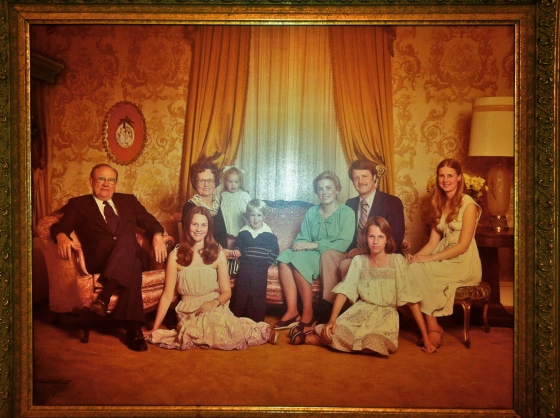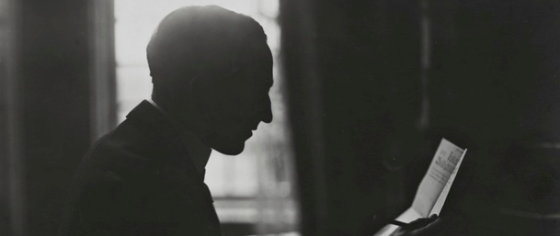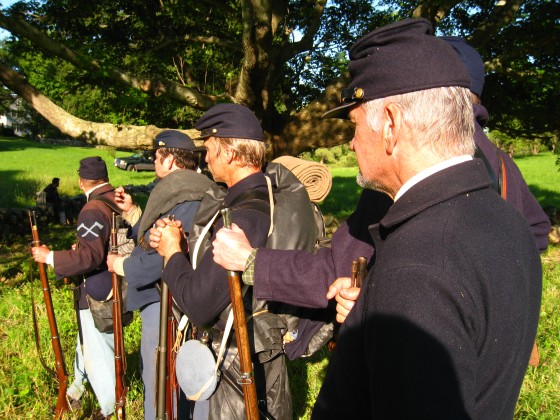First things first. This is Mema:

She uses straws to drink huge goblets of beer while looking like the world’s biggest cutie pie. That’s just how she rolls. You can do what you want when you’re 88 years old.
During our trip to Texas in August, Matt and I got to spend a few blisteringly hot days visiting Mema — we roamed around Waco to see where my mom and her siblings grew up and then enjoyed a dinner out with all of them (my uncle has a Texas accent so thick that he can’t get Siri to do a damn thing for him), helped with a few errands and chores (H.E.B. runs and a little 105 degree weeding), and spent hours rooting around in an incredible cache of old photos and films. Every photo came with a story, some of which I’d never heard before. Like how my mother was named after my Grandpa’s favorite student Sandra, (said in a sing-song voice) “the smartest girl in the class.” How Mema remembers her own grandfather always eating Limburger cheese (“Oooo-whew! And it smelled!”) And how Mema was engaged to another man when my grandpa, who was away at his marines posting and whom she wasn’t dating at the time but had in the past, wrote her a letter that read, simply: “Are you married yet? If not let me know.” It was a characteristically succinct message from him, yet effective, because as they say: the rest was history.

On one morning during the visit we took a 45-minute drive out to Cedar Springs where Mema and Grandpa once owned a farm. My sisters spent most of our childhood holidays and weekends there, and I wanted to relive the experience and have Matt see it for the first time. Just turning from the asphalt highway onto the rocky, dirt country road that leads to the house conjured up a gusher of memories: old blankets spread in the back of the big red suburban, where the heat from the road and the blast of the A/C made for the very best of naps, scouring freshly churned field rows for arrowheads, the smell of the peeling cedars and algae-blanketed pond and old cheese for baiting the hooks that caught the catfish that you’d name Charlie and then throw back, all underscored by the constant, undulating drone of cicadas. Mema would make tuna fish sandwiches, Miracle Whip for some, but Hellman’s for those with more refined palates, and Grandpa would yell at rookie news anchors with bad politics while we giggled from behind his chair. Mema would care for her roses and flowers, and we’d marvel over the soft, raised veins in her hands that she said we’d all get some day. Grandpa would read and read and read, but he’d move like a flash to the locked gun cabinet if you said you spied a water moccasin in the pond.
We’d do Thanksgiving there with ambrosia always part of the spread – for the uninitiated, that’s canned crushed pineapple, canned mandarin oranges, maraschino cherries, sweetened coconut flakes, mini-marshmallows, and sour cream all stirred together into a sweet, gloppy mass. In college I thought myself quite clever when I called it “kitschy.” I know better now, and it still holds a place of honor on our holiday table. Grandpa would make killer brisket until he went vegetarian, which typically wouldn’t fly in that part of rural Texas, but no one dared mess with Grandpa. During my vegetarian stint, when we had Hamburger Helper at home I had little alternative than to sneak handfuls of it into the potted plant centerpiece. (“So that’s why it smelled so bad!” says Mom). But when we were at the farm Grandpa would give me some of his pile of sautéed peppers and onions and say that we vegetarians would live to be one hundred. Once in a blue moon, Mema would pull out her accordion (yeah, that’s also how she rolls) and she’d play a polka, or this song. She’d also squash the rogue scorpion that snuck into the house with nary a moment’s hesitation.
I’ve got the beginnings of the raised veins in my hands, and a Becker nose that will persist for generations, but I still hope to someday be as tough and chipper, social and effervescent as Mema, and as quietly smart, adaptable and hard working as Grandpa, who started delivering ice from a truck as a teenager, and went on to be a first lieutenant in the Marines, a high school principal, a baseball coach who hardly knew a thing about baseball, a businessman, and a grandfather to thirteen grandchildren.

The end.
Except for one more thing…
Aren’t my mom and her sisters and sister-in-law total babes??












